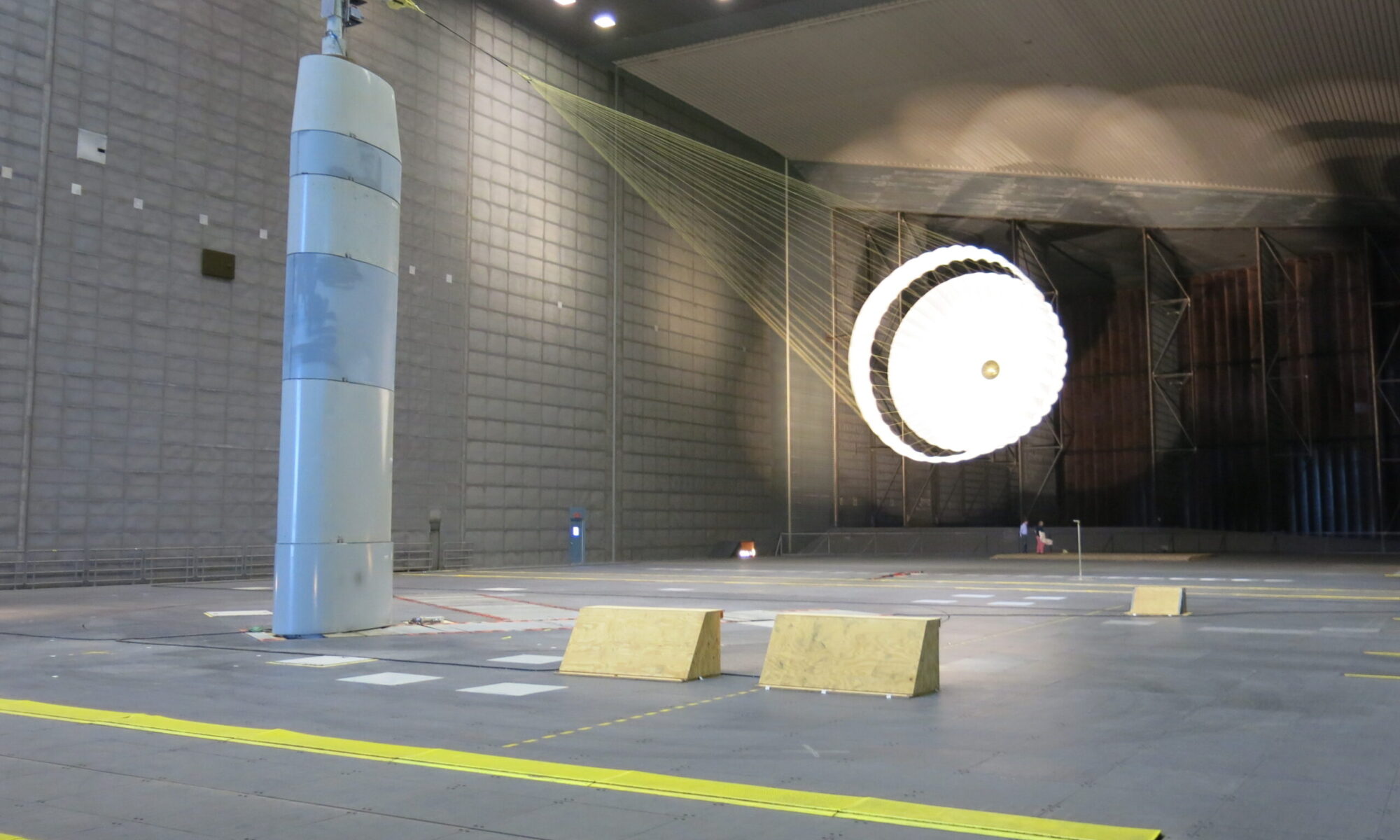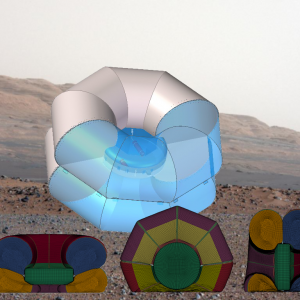Vorticity and partners TNO/CGG Technologies, Airborne Systems USAand the University of Leeds have successfully completed the Airbags for Small Landers: Design project for the European Space Agency. The final meeting and presentation of the project was held in May 2013 at ESTECin the Netherlands.
In the course of the project, three separate airbag landing systems for two different Mars landers were analysed and designed, along with inflation systems based on the new Cool Gas Generator technology developed by TNO/CGG Technologies. In support of the designs, a complete costed development plan was produced to take the designs through to delivery of flight hardware. Airbag envelope material tests were conducted at the University of Leeds, along with development of some novel test methods to study biaxial loading and puncture damage tolerance.
A paper summarizing the project, AIAA 2013-1279, was presented at the 22nd AIAA Aerodynamic Decelerator Systems Technology Conference in March 2013.





